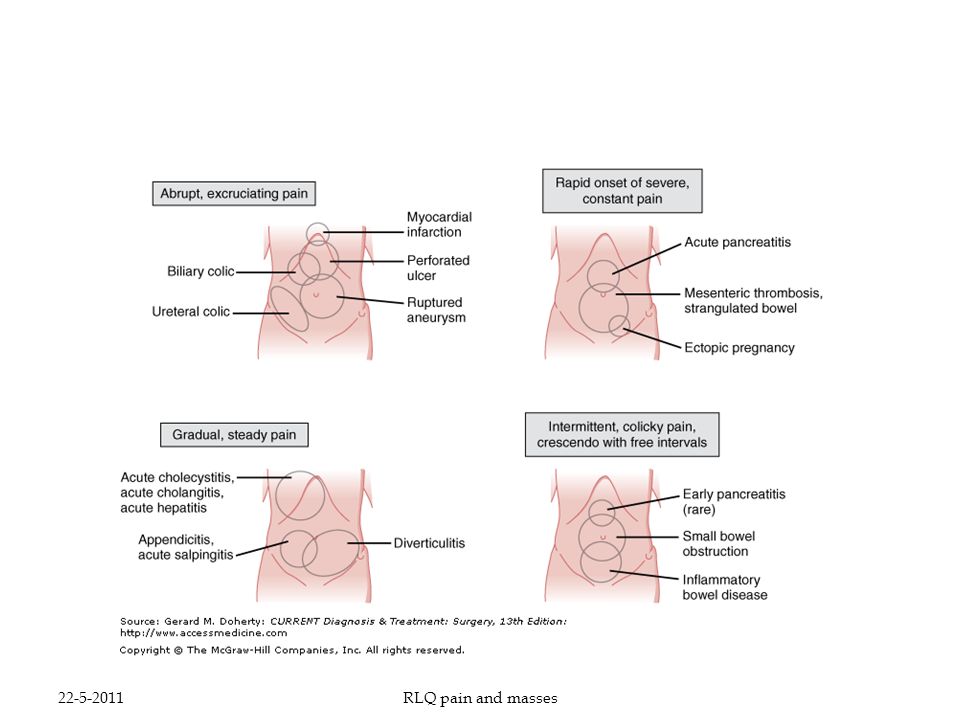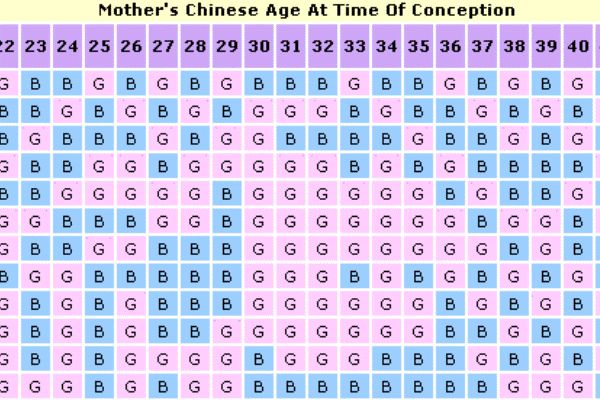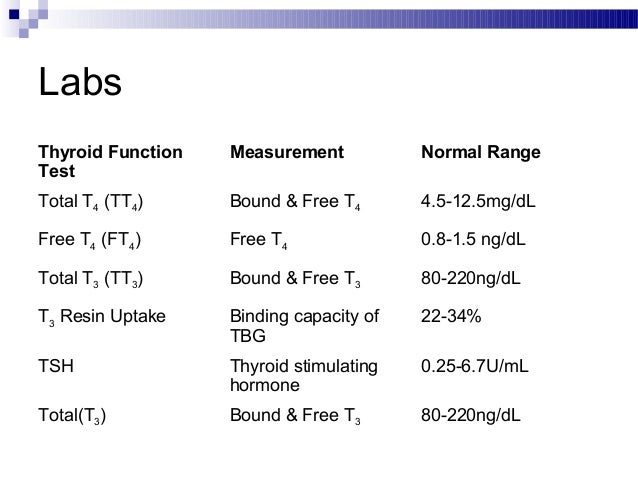Severe right leg pain during pregnancy
How to Treat Leg Pain During Pregnancy
When you’re pregnant, it’s only natural to assume you’ll experience some unusual aches and pains, especially around your growing belly. But leg pain can catch you off guard. Don’t panic if you experience this—it’s a common side effect. Still, there are a few things you should be aware of when it comes to leg pain during pregnancy. Here’s what you need to know.
In this article:
What causes leg pain during pregnancy?
Remedies for leg pain during pregnancy
How to prevent leg pain during pregnancy
What Causes Leg Pain During Pregnancy?
There are actually a lot of different reasons why you might be experiencing leg pain during pregnancy, and the kind of pain you experience can vary as well, says Frederick Friedman, Jr., MD, associate professor of obstetrics, gynecology, and reproductive science at the Icahn School of Medicine at Mount Sinai in New York City. “In pregnancy, calf pains resulting from muscle spasms–aka ‘charley horses’—are fairly common,” he says. It’s not clear why these happen, he adds, but it could be due to muscle fatigue and build-up of lactic acid, which can increase in your muscles during exercise.
Leg pain during pregnancy can also be caused by compression of certain nerves in your legs, your joints relaxing as your pregnancy progresses, an increase in your weight, swelling, and “natural changes in your posture as the baby grows,” says Julie Lamppa, APRN, CNM, a certified nurse midwife at Mayo Clinic. Varicose veins, which can increase or show up during pregnancy, “can also cause leg discomfort for some women,” Lamppa says.
A less common but concerning possible cause of leg pain during pregnancy is a blood clot or deep vein thrombosis (DVT). “This occurs most commonly in the back of the calf and it causes pain and swelling in the affected leg,” Lamppa says. “This will affect only one leg, whereas normal swelling in pregnancy will generally be even in both legs.” If you notice signs of DVT, it’s important to seek medical care right away.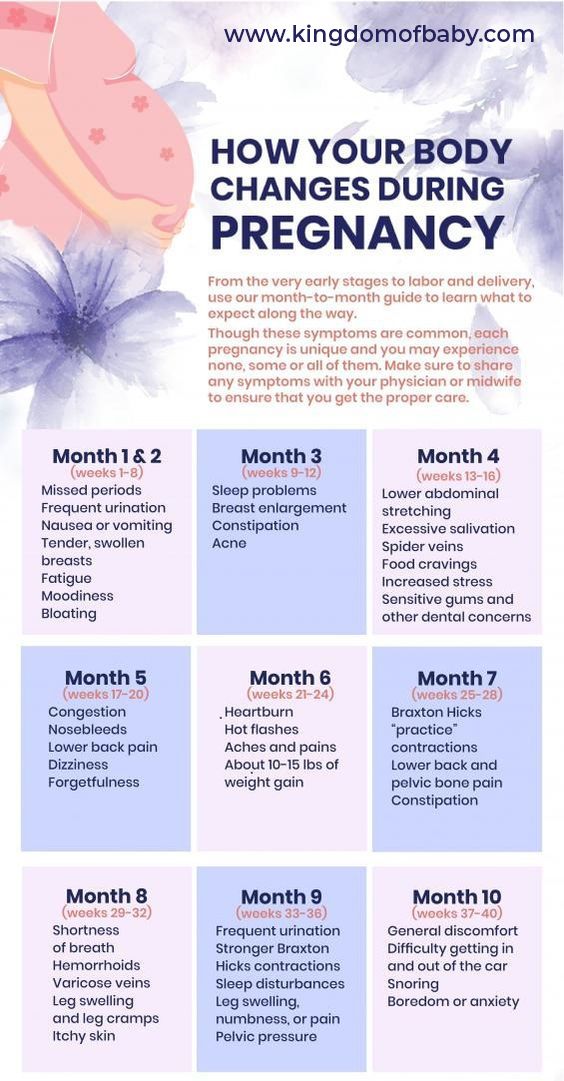 “DVTs can be very serious and they need prompt treatment. Women who are pregnant or newly postpartum are at particular risk,” Lamppa says. DVTs can occur in either leg, but they’re much more common on the left side vs. the right side, Friedman says. The reason for this is “uncertain,” he says, but it might be due to greater compression of the left deep veins by your growing uterus.
“DVTs can be very serious and they need prompt treatment. Women who are pregnant or newly postpartum are at particular risk,” Lamppa says. DVTs can occur in either leg, but they’re much more common on the left side vs. the right side, Friedman says. The reason for this is “uncertain,” he says, but it might be due to greater compression of the left deep veins by your growing uterus.
Remedies for Leg Pain During Pregnancy
You don’t need to just suffer through leg pain during pregnancy—there are both home remedies and medication you can take to help.
If you’re experiencing pain, Lamppa recommends taking a warm bath before bed and gently stretching your legs. Making sure you’re well hydrated and elevating your legs when you can may also help relieve some leg pain, Friedman says. And, if you’re able, try to avoid sitting or standing for long periods of time.
If those remedies don’t work, acetaminophen (Tylenol) is considered safe during pregnancy, Lamppa says. If swelling is causing you pain, she recommends wearing compression stockings.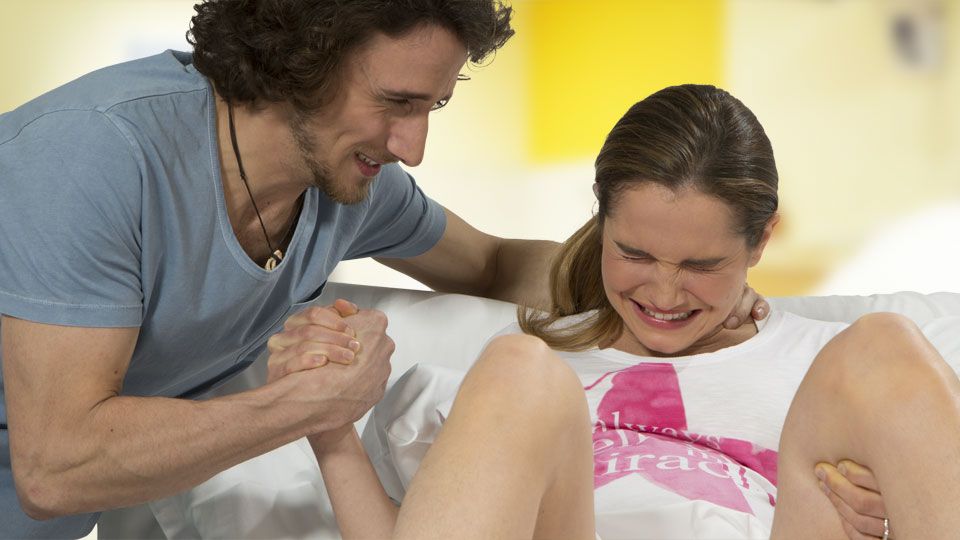 If cramping is an issue for you, Lamppa suggests talking to your care provider about taking a magnesium supplement.
If cramping is an issue for you, Lamppa suggests talking to your care provider about taking a magnesium supplement.
It’s always a good idea to at least mention leg pain to your care provider during your regular checkups, but Friedman says it’s especially important to see your doctor if you have any pain that persists or gets worse. If you have a “sudden, significant difference in leg size” or you can see a “rope-like” structure in your calf, Friedman recommends calling your doctor right away, as they could be signs of DVT.
How to Prevent Leg Pain During Pregnancy
In general, using “good body mechanics” when you’re walking, exercising and lifting is important, Lamppa says. “You don’t want to make pain worse by injuring your joints or pulling muscles,” she adds. Exercising regularly is “almost always beneficial,” Lamppa says.
While most forms of exercise can help with leg pain during pregnancy, leg exercises like walking, using a stair machine, stationary cycling and using an elliptical machine “are likely to be beneficial,” Friedman says.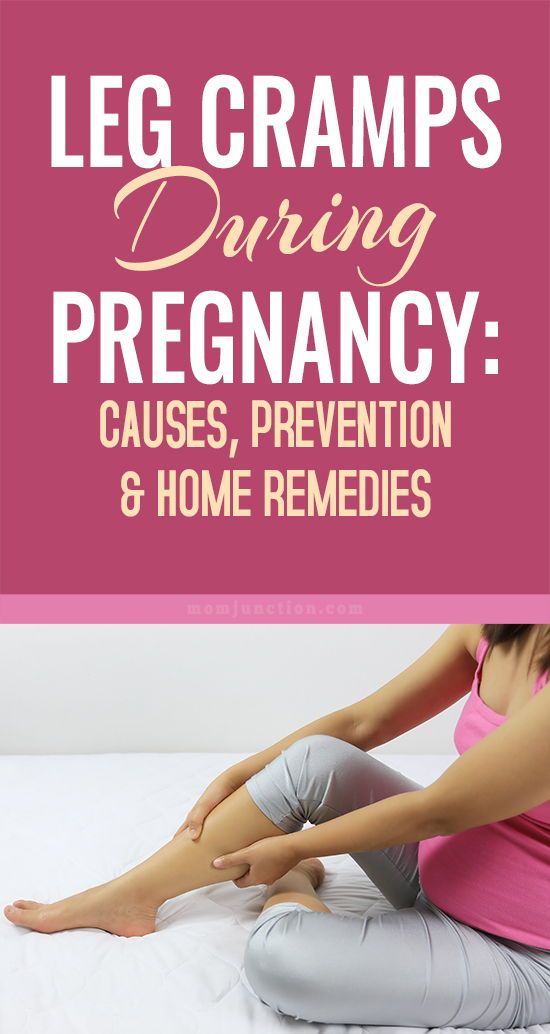
On the dietary side, Lamppa recommends lowering your sodium and caffeine intake and increasing how much water you drink regularly. Overall, striving for a “balanced diet” may help reduce your leg pain, Friedman says.
If leg pain is bothering you, don’t hesitate to flag it for your medical care provider. They should be able to help offer up individualized tips to help you feel more comfortable.
Updated February 2020
Expert bios:
Frederick Friedman, Jr., MD, is an associate professor of obstetrics, gynecology, and reproductive science at the Icahn School of Medicine at Mount Sinai in New York City. He serves as director for both the division of obstetrics and the division of generalists in the department of obstetrics, gynecology and reproductive science at the Mount Sinai Health System.
Julie Lamppa, APRN, CNM, is a certified nurse midwife at Mayo Clinic in Rochester, Minnesota.
Please note: The Bump and the materials and information it contains are not intended to, and do not constitute, medical or other health advice or diagnosis and should not be used as such.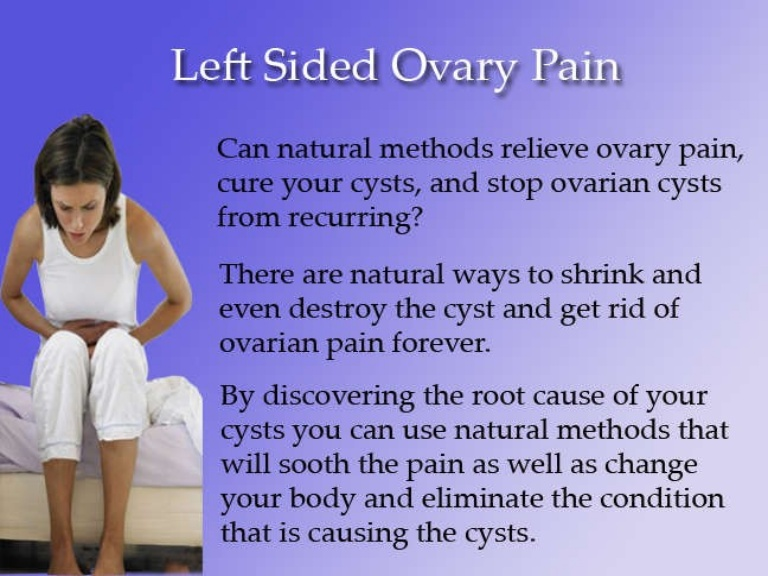 You should always consult with a qualified physician or health professional about your specific circumstances.
You should always consult with a qualified physician or health professional about your specific circumstances.
Plus, more from The Bump:
Exercising for Two: The Dos and Don’ts of Pregnancy Workouts
Awesome Pregnancy Workouts for Every Trimesters
How to Stay Hydrated During Pregnancy
Leg cramps during pregnancy | Pregnancy Birth and Baby
Leg cramps during pregnancy | Pregnancy Birth and Baby beginning of content4-minute read
Listen
Leg pain can sometimes be a sign of a blood clot. If pain in your leg doesn’t go away, or if your leg is red, warm or swollen, see your doctor immediately.
Key facts
- Up to 3 in 10 people who are pregnant get leg cramps.
- Cramps are most common in your calf muscles.
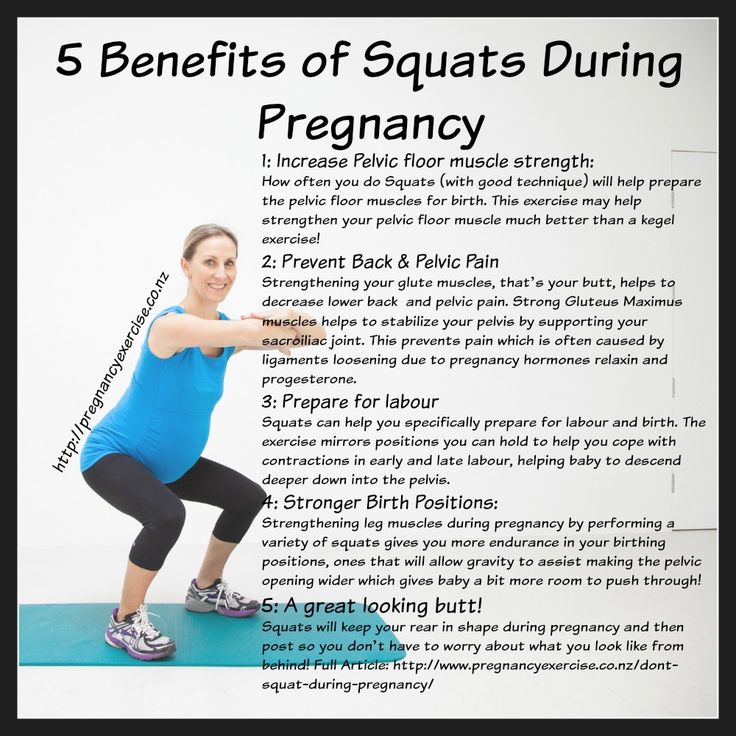
- Cramps commonly happen at night in late pregnancy.
- To prevent leg cramps, try stretching your leg muscles before you go to bed and drink plenty of water.
- To ease a cramp, pull your toes up towards your ankle, rub the muscle, walk around or apply a heat pack.
What are leg cramps?
Leg cramps (pains) affect up to 3 in 10 people who are pregnant. They usually occur in your calf muscles, but can also occur in your thighs or feet. A cramp is a sign that your muscles are contracting very tightly when they shouldn’t be. This happens when acid builds up in your muscles.
Cramps usually happen at night. They are more common in your second and third trimesters.
Leg cramps are not the same as pelvic cramps.
What causes leg cramps during pregnancy?
There are many reasons suggested for cramps while you’re pregnant, such as changes to your metabolism, having a vitamin deficiency, being too active or not being active enough.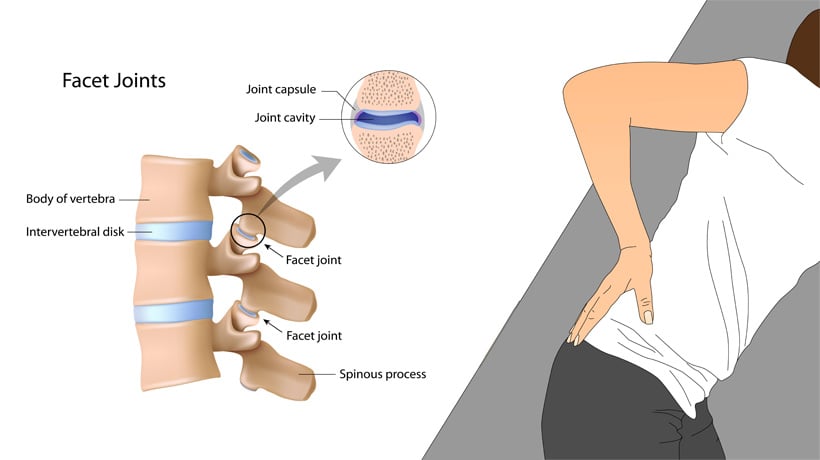 However, nobody really knows why they occur in pregnancy.
However, nobody really knows why they occur in pregnancy.
How can I get rid of cramps?
To ease a leg cramp, you can try:
- stretching the muscle by pulling your toes hard up towards the front of your ankle
- rubbing the muscle firmly
- walking around
- a heat pack
If you have a partner, you could ask them to help.
If your muscles are still sore after the cramp has gone, you can take paracetamol for pain relief.
How can I prevent leg cramps?
Things you can try that might help prevent cramps include:
- stretching your calf muscles before you go to bed
- drinking plenty of water
- having a warm bath before you go to bed
- eating a balanced diet
- avoiding stretching your leg while pointing your toes
Magnesium, calcium, vitamin B and vitamin C have been suggested as a treatment for cramps. It’s not clear whether any of these supplements work, but people often try magnesium and calcium. If you’re interested in trying supplements, talk to your doctor or midwife about whether they might be suitable for you.
If you’re interested in trying supplements, talk to your doctor or midwife about whether they might be suitable for you.
When should I talk to my doctor or midwife about cramps?
If leg cramps are bothering you, talk to your doctor or midwife.
Leg pain can sometimes be a sign of a blood clot. If pain in your leg doesn’t go away, or if your leg is red, warm or swollen, see your doctor immediately.
Speak to a maternal child health nurse
Call Pregnancy, Birth and Baby to speak to a maternal child health nurse on 1800 882 436 or video call. Available 7am to midnight (AET), 7 days a week.
Sources:
Therapeutic Guidelines (Muscle cramps, including leg cramps in pregnant women), NSW Government (Having a baby), Queensland Health (6 weird things that may happen to your body during pregnancy), King Edward Memorial Hospital (Minor Symptoms or Disorders in Pregnancy King Edward Memorial Hospital Clinical Guidelines: Obstetrics & Midwifery), Queensland Health (VTE in pregnancy (a blood clot in the vein)), NPS (Magnesium, a treatment for leg cramps?), Royal Women’s Hospital (Common concerns in early pregnancy)Learn more here about the development and quality assurance of healthdirect content.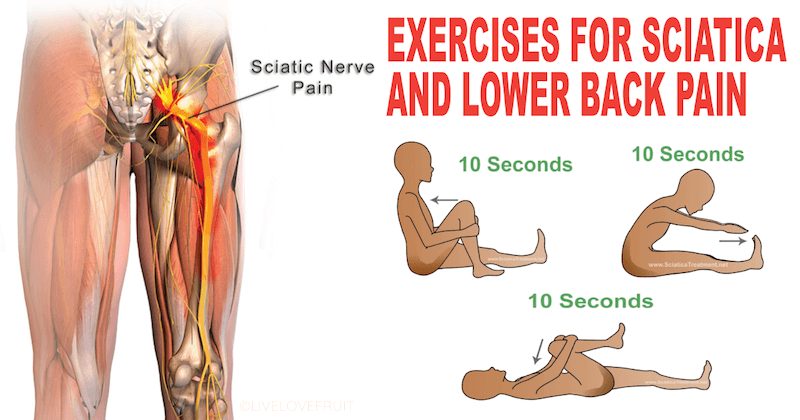
Last reviewed: July 2022
Back To Top
Related pages
- Common discomforts during pregnancy
- Swelling during pregnancy
- Varicose veins
Need more information?
Pregnancy at week 28
You are now in the third trimester and you'll probably be feeling many of the common discomforts of pregnancy, like a sore back, swelling, heartburn or cramps.
Read more on Pregnancy, Birth & Baby website
Common discomforts during pregnancy
Your body has a great deal to do during pregnancy. Sometimes the changes taking place will cause irritation or discomfort, and on occasions they may seem quite alarming.
Read more on Pregnancy, Birth & Baby website
Pregnancy health problems & complications | Raising Children Network
Many pregnancy health problems are mild, but always call your doctor if you’re worried about symptoms.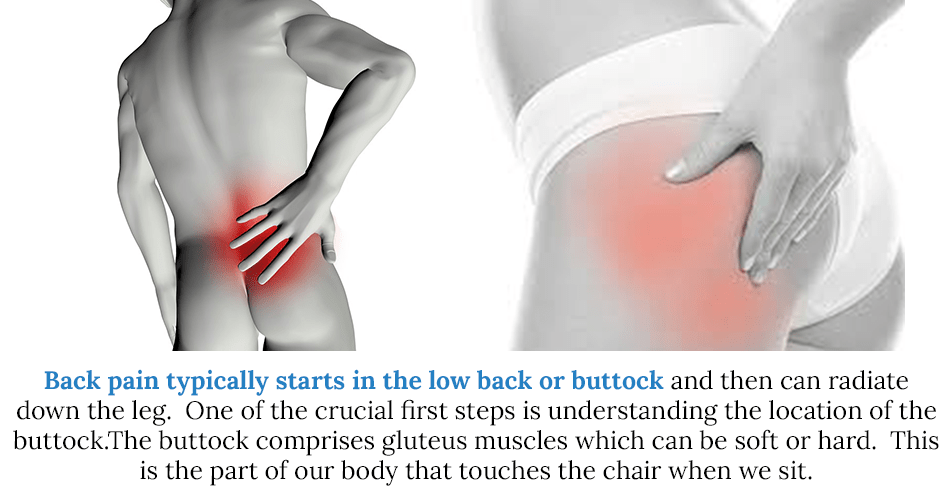 A healthy lifestyle can help you avoid health problems.
A healthy lifestyle can help you avoid health problems.
Read more on raisingchildren.net.au website
Pregnancy - signs and symptoms - Better Health Channel
All women experience pregnancy differently, and you will experience different symptoms at different stages of your pregnancy.
Read more on Better Health Channel website
Sleep during pregnancy
Sleep can become a problem when you're pregnant. Here are some tips to help you get as much sleep as possible so you’re ready for your baby's arrival.
Read more on Pregnancy, Birth & Baby website
Pregnancy at week 33
Your baby's brain and nervous system are now fully developed, and the baby is continuing to gain weight.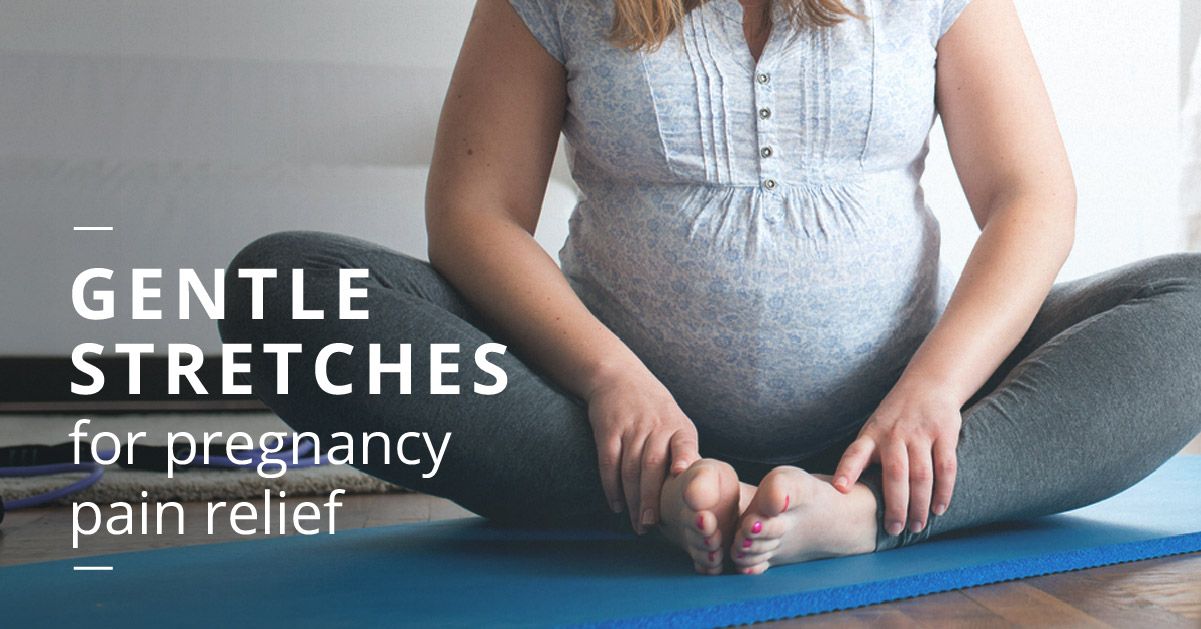 You'll probably also be feeling sore and tired.
You'll probably also be feeling sore and tired.
Read more on Pregnancy, Birth & Baby website
Pregnancy at week 25
As you are approaching the end of the second trimester, you might be starting to feel a bit uncomfortable as your baby continues to grow.
Read more on Pregnancy, Birth & Baby website
Pregnancy at week 26
Your baby is starting to put on fat and muscle and as your baby grows, your centre of gravity will shift, so you might find that you are starting to walk differently and maybe even a little clumsy.
Read more on Pregnancy, Birth & Baby website
Pregnancy and your mental health - Better Health Channel
Finding out you are pregnant can be a very exciting time.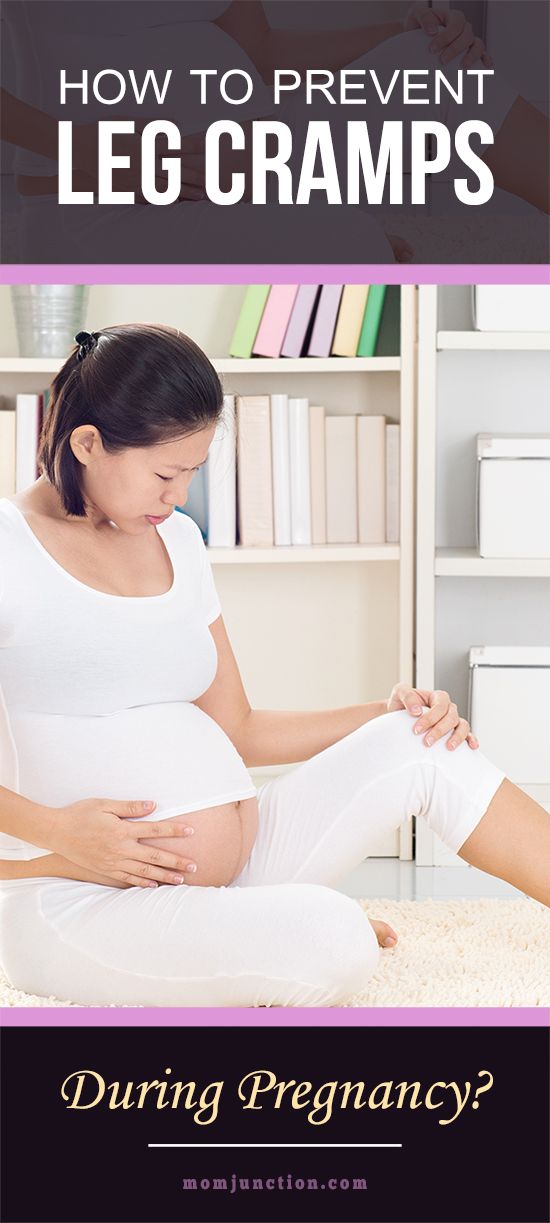 But it can also make you feel uncomfortable, unwell, worried and make you wonder how you are going to cope. And it doesn’t stop when the baby arrives. Some mums find it easy to adjust to life with a new baby. But others don’t!
But it can also make you feel uncomfortable, unwell, worried and make you wonder how you are going to cope. And it doesn’t stop when the baby arrives. Some mums find it easy to adjust to life with a new baby. But others don’t!
Read more on Better Health Channel website
Sclerotherapy - MyDr.com.au
Sclerotherapy is a treatment that involves the injection of a chemical solution into blood vessels, usually spider veins or superficial (surface) varicose veins on the legs.
Read more on myDr website
Disclaimer
Pregnancy, Birth and Baby is not responsible for the content and advertising on the external website you are now entering.
OKNeed further advice or guidance from our maternal child health nurses?
1800 882 436
Video call
- Contact us
- About us
- A-Z topics
- Symptom Checker
- Service Finder
- Linking to us
- Information partners
- Terms of use
- Privacy
Pregnancy, Birth and Baby is funded by the Australian Government and operated by Healthdirect Australia.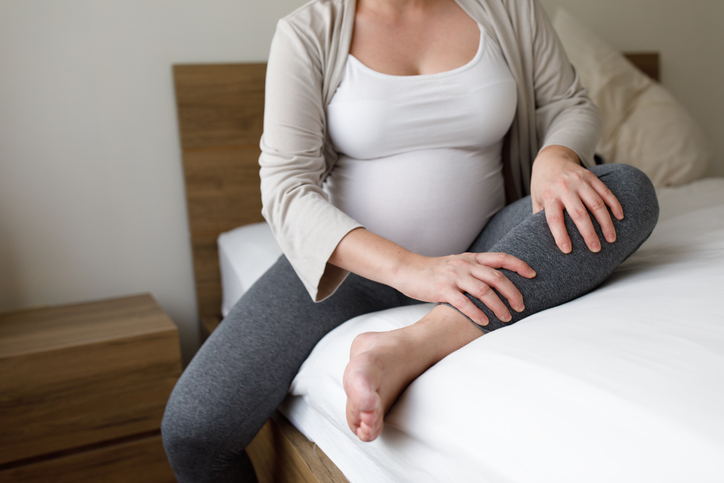
Pregnancy, Birth and Baby is provided on behalf of the Department of Health
Pregnancy, Birth and Baby’s information and advice are developed and managed within a rigorous clinical governance framework. This website is certified by the Health On The Net (HON) foundation, the standard for trustworthy health information.
This site is protected by reCAPTCHA and the Google Privacy Policy and Terms of Service apply.
This information is for your general information and use only and is not intended to be used as medical advice and should not be used to diagnose, treat, cure or prevent any medical condition, nor should it be used for therapeutic purposes.
The information is not a substitute for independent professional advice and should not be used as an alternative to professional health care. If you have a particular medical problem, please consult a healthcare professional.
Except as permitted under the Copyright Act 1968, this publication or any part of it may not be reproduced, altered, adapted, stored and/or distributed in any form or by any means without the prior written permission of Healthdirect Australia.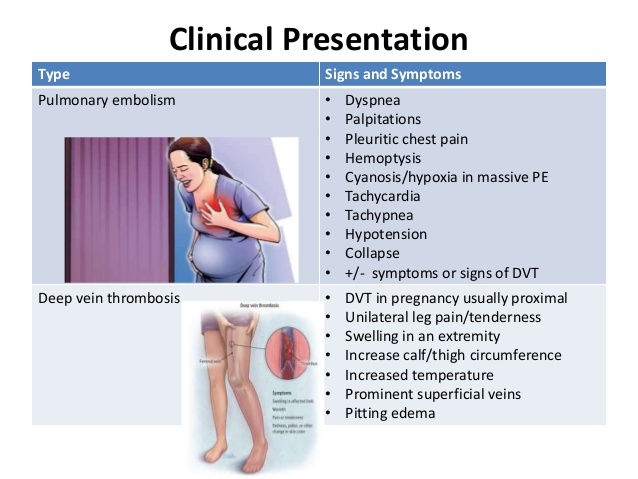
Support this browser is being discontinued for Pregnancy, Birth and Baby
Support for this browser is being discontinued for this site
- Internet Explorer 11 and lower
We currently support Microsoft Edge, Chrome, Firefox and Safari. For more information, please visit the links below:
- Chrome by Google
- Firefox by Mozilla
- Microsoft Edge
- Safari by Apple
You are welcome to continue browsing this site with this browser. Some features, tools or interaction may not work correctly.
Pain in the pubic region during pregnancy
Subscribe to our Instagram! Useful information about pregnancy and childbirth from leading obstetricians and gynecologists in Moscow and foreign experts: https://www.instagram.com/roddompravda/
Tips and opinions from leading child professionals: https://www.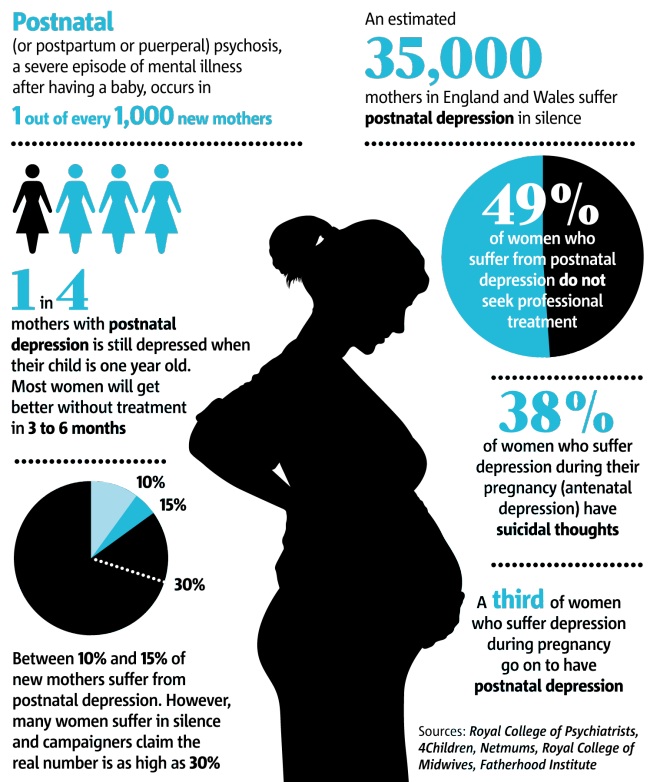 instagram.com/emc.child/
instagram.com/emc.child/
The pubic bone is one of the three bones that make up the pelvic bone. Two pubic bones, forming the pubic articulation (symphysis), form the anterior wall of the pelvis. The pubic bone in women with a regular physique has the form of a roller about the thickness of the thumb, which is curved and forms a pubic eminence. This bone hangs in a kind of arch over the entrance to the vagina. nine0005
The main cause of pain in the pubic bone is the divergence and increased mobility of the pubic symphysis. To refer to pathological changes in the pubic symphysis of the pelvis during pregnancy and after childbirth, the following terms are used: symphysiopathy, symphysitis, arthropathy of pregnant women, divergence and rupture of the pubic symphysis, dysfunction of the pubic symphysis. The most commonly used terms are "symphysitis" or "symphysiopathy".
So, symphysiopathy is a disease associated with a pronounced softening of the pubic joint under the influence of the hormone relaxin, which is produced during pregnancy. The process of softening the interosseous joints is natural, it helps the child to pass more easily through the bone pelvis during childbirth. The diagnosis of "symphysiopathy" is made when severe pain appears, the pubic joint swells, greatly stretches, becomes mobile, and the pubic bones diverge excessively. One of the striking, characteristic symptoms of this pathology is that it is impossible to raise the leg in the prone position. In addition to acute pain in the pubis, there are difficulties when walking up the stairs, it becomes difficult to turn from side to side on the bed and get up from the sofa, and the gait changes and becomes like a "duck". According to most doctors, the cause of symphysiopathy is a lack of calcium, an increased concentration of the hormone relaxin, and increased physical activity on the bones of the pelvic region. In addition, the development of symphysiopathy can be provoked by a serious sports injury or a fracture of the pelvic bones. nine0005
The process of softening the interosseous joints is natural, it helps the child to pass more easily through the bone pelvis during childbirth. The diagnosis of "symphysiopathy" is made when severe pain appears, the pubic joint swells, greatly stretches, becomes mobile, and the pubic bones diverge excessively. One of the striking, characteristic symptoms of this pathology is that it is impossible to raise the leg in the prone position. In addition to acute pain in the pubis, there are difficulties when walking up the stairs, it becomes difficult to turn from side to side on the bed and get up from the sofa, and the gait changes and becomes like a "duck". According to most doctors, the cause of symphysiopathy is a lack of calcium, an increased concentration of the hormone relaxin, and increased physical activity on the bones of the pelvic region. In addition, the development of symphysiopathy can be provoked by a serious sports injury or a fracture of the pelvic bones. nine0005
At what stage of pregnancy do they occur?
The disease begins gradually or suddenly during pregnancy, childbirth or after childbirth.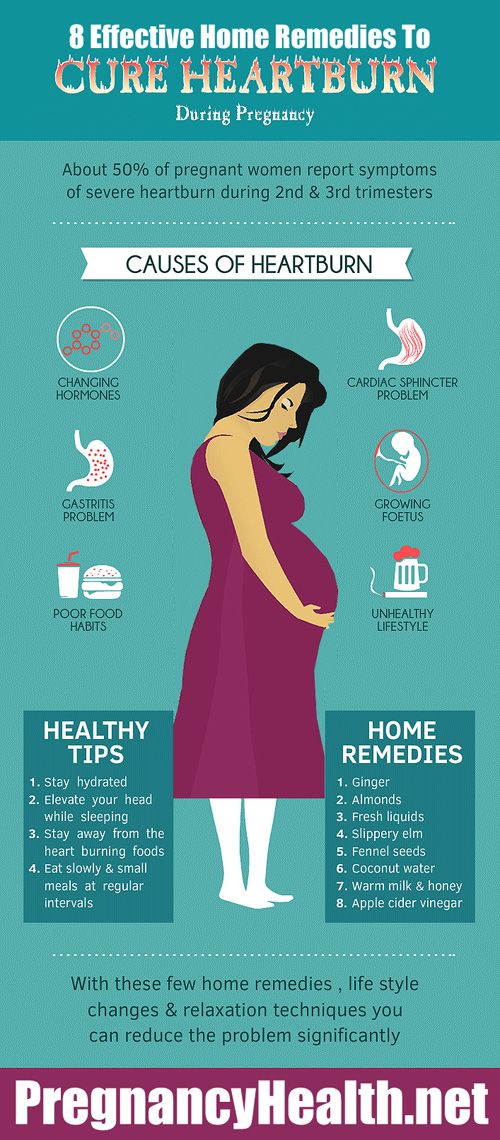 Most often, women begin to feel pain in the area of the pubic joint in the third trimester of pregnancy. This is due to the fact that the places of adhesions of the pubic bones, their ligaments and cartilage, soften under the influence of the hormone relaxin. This hormone of pregnancy naturally softens the bony joints, which is necessary to facilitate the passage of the child's bone pelvis and birth canal at the time of childbirth. nine0005
Most often, women begin to feel pain in the area of the pubic joint in the third trimester of pregnancy. This is due to the fact that the places of adhesions of the pubic bones, their ligaments and cartilage, soften under the influence of the hormone relaxin. This hormone of pregnancy naturally softens the bony joints, which is necessary to facilitate the passage of the child's bone pelvis and birth canal at the time of childbirth. nine0005
Some women begin to complain of pain in the pelvic bones some time after giving birth. This may be the result of traumatic childbirth (imposition of obstetrical forceps, shoulder dystocia, excessive separation of the hips during childbirth, etc.) or physical exertion (lifting a heavy baby stroller up the stairs, prolonged motion sickness in the arms of a well-fed baby, etc.). It is recommended to limit physical activity, wear an orthopedic bandage, consult a traumatologist. Complaints usually recur after the next pregnancy. In a small proportion of patients, pain persists for a long time.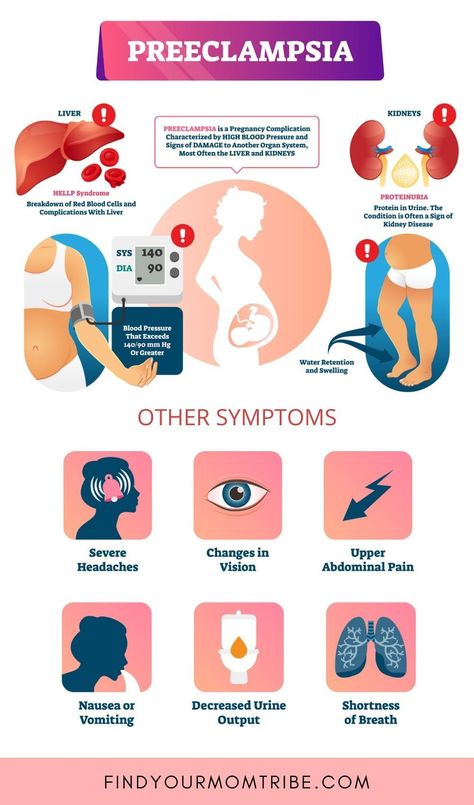 nine0005
nine0005
When can this be considered the norm, and when not?
Obstetricians-gynecologists do not consider a slight soreness of the pubic joint to be a pathology, but if the pain is acute, restricting the movements of the pregnant woman, accompanied by edema, then we can talk about pathology. Pain can be quite strong and especially manifest itself while walking, turning the body to the right and left in a sitting position and even lying down. In this case, you need to urgently consult a doctor and undergo an ultrasound diagnosis (ultrasound) to determine the size of the divergence of the pubic bones. Magnetic resonance imaging (MRI) is also used, which allows assessing the state of the symphysis, the state of the bone tissue, as well as soft tissues. nine0005
With ultrasound, the degree of divergence (diastasis) of the pubic bones is determined. The severity of the clinical picture largely depends on the degree of divergence of the pubic bones, and therefore there are three degrees of divergence of the pubic branches: in the first degree - by 6-9 mm, in the second - by 10-20 mm, in the third - more than 20 mm.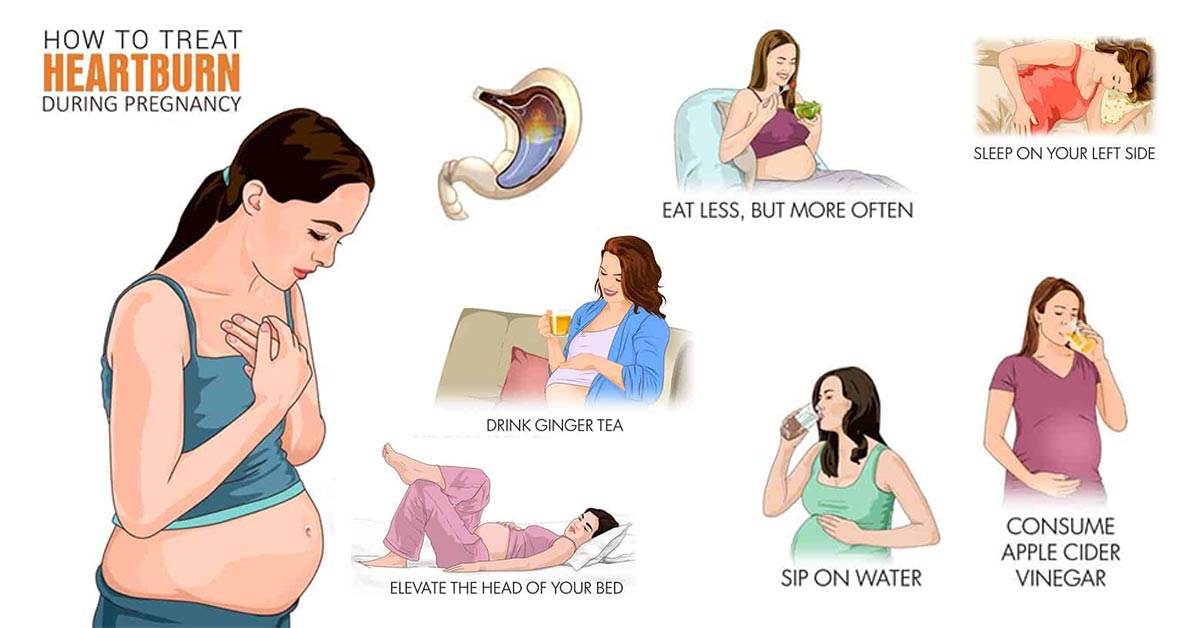 The severity of the symptoms of the disease varies from mild discomfort to unbearable pain.
The severity of the symptoms of the disease varies from mild discomfort to unbearable pain.
How can pain be relieved? nine0017
There are some recommendations that will help reduce bone pain during pregnancy, if the cause of its occurrence is the divergence of the pubic bones. Be sure to wear a bandage, especially in later pregnancy. The bandage takes on most of the load, thereby releasing pressure from the pubic joint. Limitation of heavy physical exertion is indicated for any manifestations of pain, lying down more often, walking less and being in a sitting position for no longer than 30-40 minutes. In severe cases, before and sometimes after childbirth, a woman may be shown strict bed rest. Moreover, the bed should not be hard and flat. nine0005
Since the appearance of symphysiopathy is associated not only with a large production of the hormone relaxin, but also with a lack of calcium in the body, the expectant mother is prescribed calcium preparations and complex vitamins for pregnant women, which contain all the necessary vitamins and trace elements in the right amount and proportions.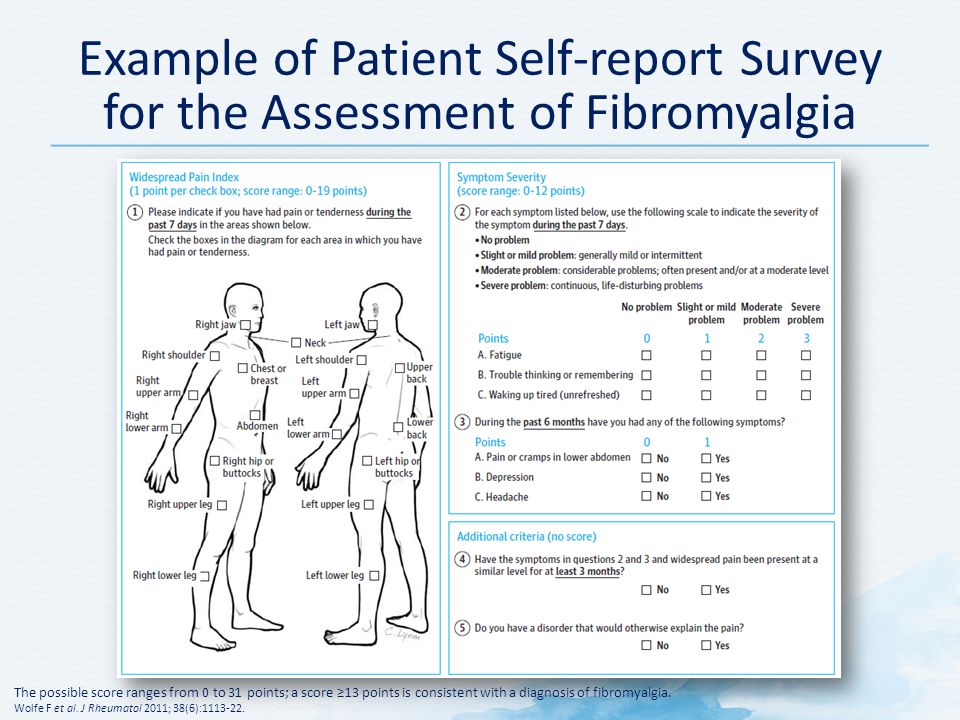 There is evidence that pain is reduced during acupuncture and physiotherapy.
There is evidence that pain is reduced during acupuncture and physiotherapy.
In especially severe cases of symphysiopathy, the pregnant woman is hospitalized. nine0005
What is the danger of this condition?
The occurrence of symphysiopathy is due to several reasons. This is a lack of calcium in the body of the future mother, and an excess amount of the hormone relaxin, and the individual structural features of the woman's body, and possible hereditary or acquired problems of the musculoskeletal system.
With an unexpressed clinical picture of the disease, with an expansion of the pubic fissure up to 10 mm, normal pelvic sizes, a small fetus, childbirth can be carried out through the birth canal, avoiding the use of physical force, such as the Christeller maneuver. With a pronounced stretching of the pubic symphysis, pain syndrome, especially with anatomical narrowing of the pelvis, a large fetus, there is a danger of rupture of the pubic symphysis, and the method of choice in this case is caesarean section. This is due to the fact that during natural delivery, the bones can disperse even more and the woman subsequently will not be able to walk at all. nine0005
This is due to the fact that during natural delivery, the bones can disperse even more and the woman subsequently will not be able to walk at all. nine0005
Prevention
The body of a healthy woman is able to independently cope with all the difficulties of the pregnancy period. First of all, the expectant mother should include enough foods containing calcium in her diet, as well as take vitamins for pregnant women.
For the prevention of symphysiopathy, the use of a prenatal bandage is recommended, which supports the abdomen and prevents excessive stretching of the ligaments and muscles. Prophylactic antenatal bandage is usually recommended from 25 weeks of gestation, when the abdomen begins to actively grow. nine0005
In order to ensure the plasticity of the ligaments and muscles, as well as the flexibility of the joints, special exercises must be done even during the planning of pregnancy. Yoga gives good results.
Pregnancy and your feet article on the website of the Preobrazhenskaya Clinic
Pregnancy causes many different changes in a woman's body.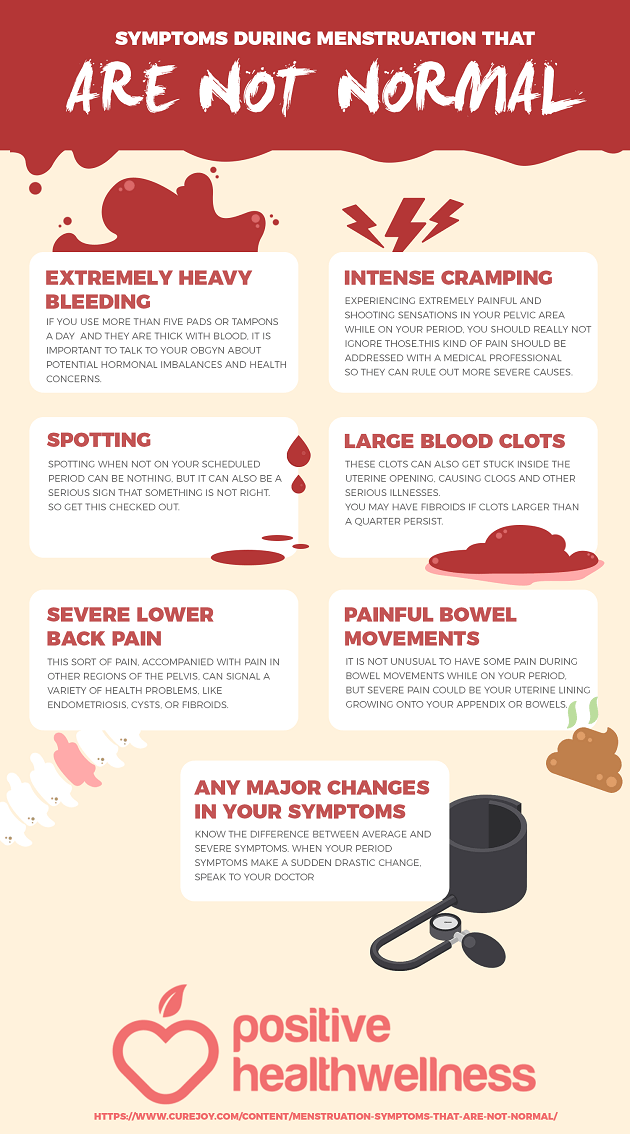 Many women during pregnancy present the same complaints.
Many women during pregnancy present the same complaints.
One of these complaints, which is practically not taken into account, is the complaint of pain in the legs. nine0058
Due to the natural weight gain during pregnancy, the body's center of gravity shifts forward. This causes a redistribution of the load on the limbs and an increase in pressure in the knee joints and feet.
Pregnant women have two main problems, they are overpronation of the foot and swelling of the legs.
These changes can cause pain in the heels, arch, or metatarsus. Many women experience leg cramps and varicose veins. Therefore, all pregnant women need to have the necessary information about their health and, in particular, about the function of the legs, so that the nine-month pregnancy period is more comfortable for them. nine0005
Reason:
Excessive stress on the feet and swelling of the legs are the most common problems during pregnancy.
Overload occurs because the arch of the foot flattens under the weight. This can cause congestion and inflammation of the plantar fascia that runs from the heel to the toes.
This can cause congestion and inflammation of the plantar fascia that runs from the heel to the toes.
Excessive stress on the feet can make walking painful due to increased stress on the legs, calves and spine.
Edema, or swelling of the legs, usually occurs in the second half of pregnancy.
Edema is caused by obstruction of the outflow of blood due to the pressure of the enlarging uterus on the veins of the lower extremities. In a woman's body, the total volume of fluid in the body remains the same as before pregnancy, but its distribution changes. Swollen legs become bluish.
During pregnancy, an extra volume of fluid accumulates in the body, which contributes to an increase in edema.
If the hands or face swell, the pregnant woman should immediately consult a doctor. nine0058
Treatment
There are effective ways to deal with deformity and swelling of the feet during pregnancy.
Foot deformities can be treated with ready-made orthotics .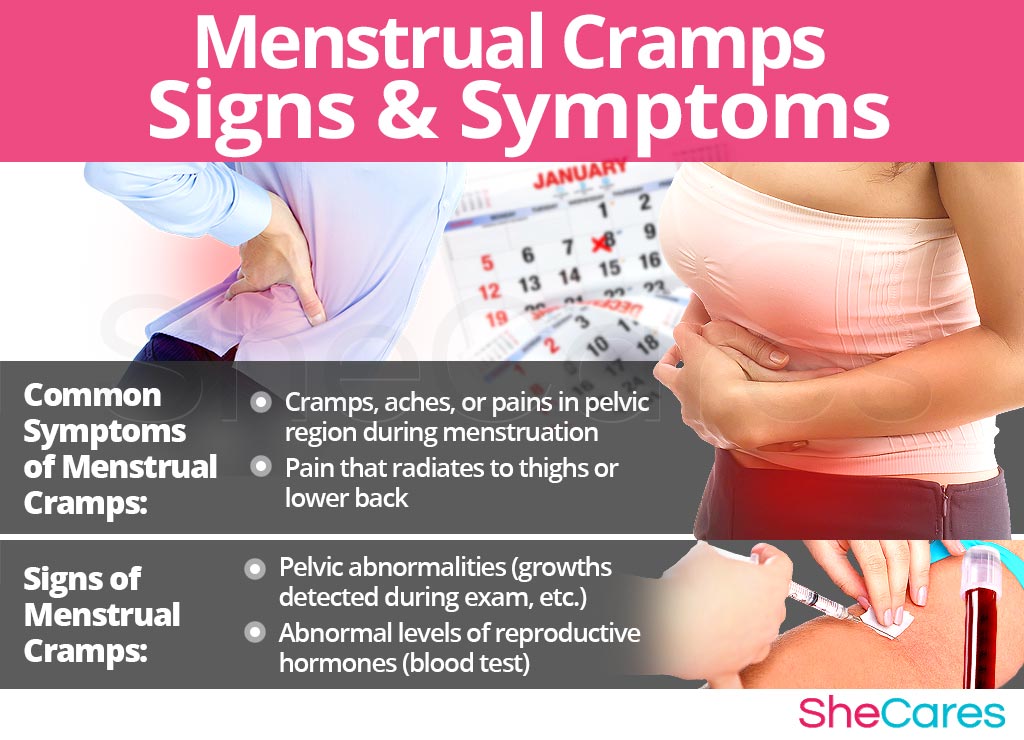 These orthotics must have sufficient arch and hindfoot support. It remains important to choose the right footwear. A pregnant woman should choose comfortable shoes with proper foot support and cushioning.
These orthotics must have sufficient arch and hindfoot support. It remains important to choose the right footwear. A pregnant woman should choose comfortable shoes with proper foot support and cushioning.
Foot deformity should be treated not only to relieve pain, but also to avoid complications such as plantar fasciitis, heel spurs, inflammation of the posterior tibial muscle, or deformity of the toes. nine0005
Pregnant women can be given the following advice:
- Raise your legs as often as possible. If you have to stay in a sitting position for a long time, set up a small stool and place your feet on it.
- Wear rational footwear. Too narrow and short shoes impede blood flow in the lower extremities.
- Measure the circumference of the lower leg and thigh, as well as the size of the foot, several times during pregnancy. These numbers are subject to change. nine0095
- Wear seamless socks that don't restrict blood flow.
- If you drive for a long time, take regular breaks to stretch your legs.
